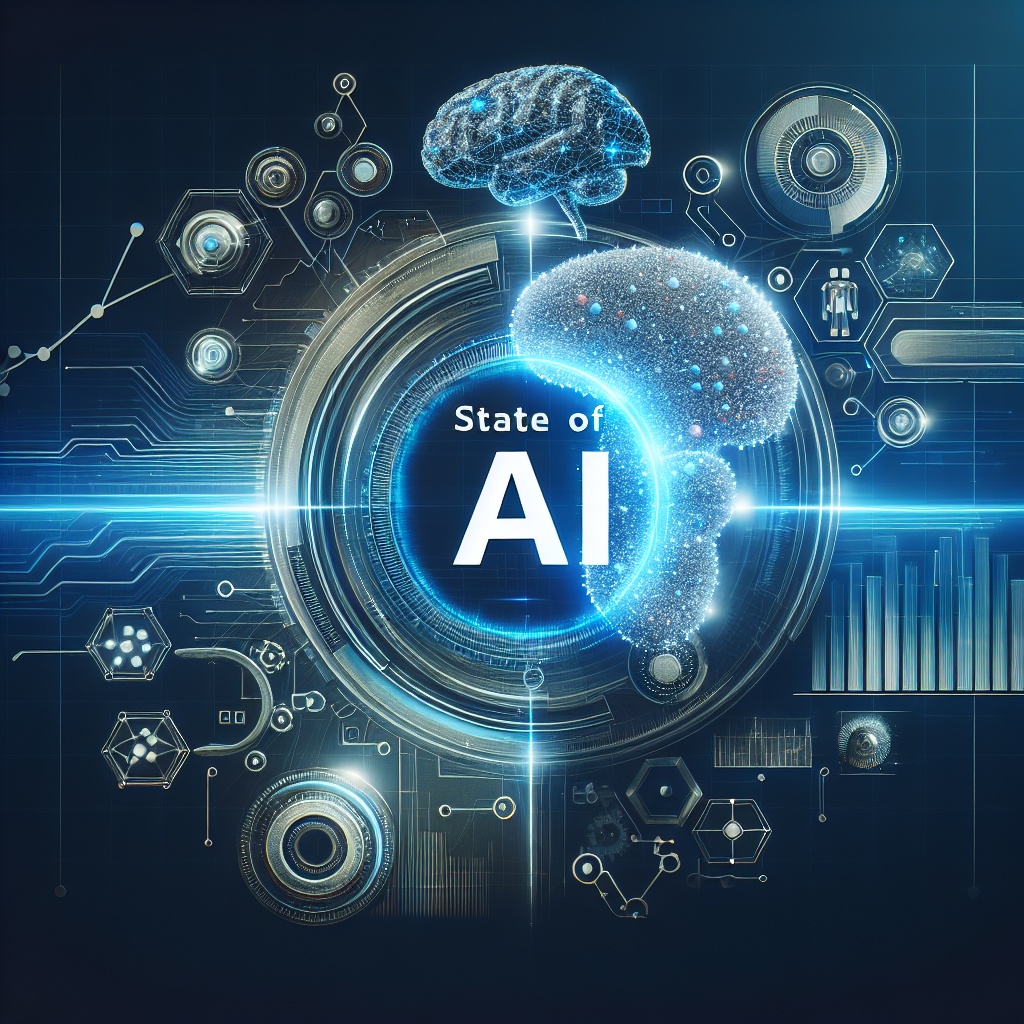The Trillion Parameter Consortium (TPC) Has Cleared the Tower
Many of us are old enough to remember the Apollo Saturn V rocket lifting off the launch pad. It took about 12 seconds for the rocket to clear the tower. The five big engines pushed a lot of mass. The goal, of course, was getting men and equipment to the moon and back. Big goals take organization, lots of people, and a big push to keep the effort moving. The Trillion Parameter Consortium (TPC), formed in 2023, is an international organization designed to push AI-focused scientific computing into a sustained orbit. Its goals include building an open community, identifying, incubating, and facilitating collaboration, and creating a global network of expertise and resources. Like the Saturn V, the TPC has been accelerating and is quickly gaining speed. During the first 18 months, as TPC grew from 150 to over 1,400 participants, working groups formed and interacted to identify specific areas of collaboration, such as building and sharing data resources, jointly training large models, creating methods and tools to evaluate models concerning scientific skills, and identifying areas where common approaches—even standards—would accelerate progress. There are currently 82 active member organizations within the TPC, and all organizations are encouraged to apply for membership. Spinning up the Virtuous Cycle of Discovery HPC is about the acceleration of scientific and engineering problems. Faster computing leads to faster time to solution and new discoveries. The continued growth of AI, Big Data, and HPC have all played a part in this process, but until recently, harnessing the synergy of these technologies was not feasible. Created mostly by the success of AI, particularly GenAI models, the combination of these three areas has fostered a virtuous cycle of discovery for science and technology. As described in Feeding the Virtuous Cycle of Discovery: HPC, Big Data, and AI Acceleration, AI has unlocked a new cycle of acceleration. The TPC is the Virtuous Cycle in action. One of the challenges in HPC and technical computing is finding where GenAI “fits in” and, more importantly, “what it all means” in terms of future discoveries. The TPC is an open community effort to answer these questions and provide the foundational tools, experience, and resources to turn the virtuous cycle. The TPC is providing the framework and infrastructure that ushers in a new way of doing science and technology. According to Charlie Catlett, Executive Director of TPC and a Senior Computer Scientist at Argonne National Laboratory and the University of Chicago: “One of the objectives shared by all of us who founded TPC, which was inspired by the concept of ‘foundation models,’ is to create AI models that can play the role of a scientific assistant. To make progress on this goal we need to measure — and improve — the scientific reasoning skills for AI models.” Building a Foundation for the TPC Large-scale AI models, particularly LLMs, have rapidly grown in many areas. Recognizing the power of such models, scientists and engineers have demonstrated early success and believe foundational models directly aimed at open science and technology can bring novel insights, accelerate research, and more efficiently explore complex problems. The TPC has recognized the need for such models that thrive in an open, fair, accountable, and responsible development environment and serve scientific progress and societal benefit. To this end, the TPC has the following stated objective: Building an Open Community: TPC aims to create and nurture an international network of participants who are developing, training, evaluating, deploying, and using extremely large AI models—potentially reaching trillions of parameters—to advance open scientific discovery and engineering innovation. Identifying, Incubating, and Facilitating Collaboration: Through working groups, conferences, hackathons, tutorial sessions, and other activities, TPC encourages participants to align efforts, share insights, and pursue joint projects that address complex technical and conceptual challenges in large-scale AI for science. Creating a Global Network of Expertise and Resources: Recognizing the immense complexity and cost of preparing, training, and deploying large AI models, TPC fosters partnerships among national laboratories, supercomputing centers, universities, research institutes, and industry partners worldwide. Through these collaborations, TPC strives to make advanced computing infrastructure, data sets, educational materials, and best practices more accessible to a broad community of scientists and engineers. Anticipated Outcomes and Impact The TPC expects to produce some important outcomes for the worldwide scientific and engineering communities by increasing the speed and efficiency with which science and engineering communities harness AI, ultimately enabling breakthroughs that advance our understanding of the universe, improve healthcare outcomes, foster sustainable energy solutions, a

Many of us are old enough to remember the Apollo Saturn V rocket lifting off the launch pad. It took about 12 seconds for the rocket to clear the tower. The five big engines pushed a lot of mass. The goal, of course, was getting men and equipment to the moon and back. Big goals take organization, lots of people, and a big push to keep the effort moving.
The Trillion Parameter Consortium (TPC), formed in 2023, is an international organization designed to push AI-focused scientific computing into a sustained orbit. Its goals include building an open community, identifying, incubating, and facilitating collaboration, and creating a global network of expertise and resources. Like the Saturn V, the TPC has been accelerating and is quickly gaining speed.
During the first 18 months, as TPC grew from 150 to over 1,400 participants, working groups formed and interacted to identify specific areas of collaboration, such as building and sharing data resources, jointly training large models, creating methods and tools to evaluate models concerning scientific skills, and identifying areas where common approaches—even standards—would accelerate progress. There are currently 82 active member organizations within the TPC, and all organizations are encouraged to apply for membership.
Spinning up the Virtuous Cycle of Discovery
HPC is about the acceleration of scientific and engineering problems. Faster computing leads to faster time to solution and new discoveries. The continued growth of AI, Big Data, and HPC have all played a part in this process, but until recently, harnessing the synergy of these technologies was not feasible. Created mostly by the success of AI, particularly GenAI models, the combination of these three areas has fostered a virtuous cycle of discovery for science and technology. As described in Feeding the Virtuous Cycle of Discovery: HPC, Big Data, and AI Acceleration, AI has unlocked a new cycle of acceleration.
 The TPC is the Virtuous Cycle in action. One of the challenges in HPC and technical computing is finding where GenAI “fits in” and, more importantly, “what it all means” in terms of future discoveries. The TPC is an open community effort to answer these questions and provide the foundational tools, experience, and resources to turn the virtuous cycle. The TPC is providing the framework and infrastructure that ushers in a new way of doing science and technology.
The TPC is the Virtuous Cycle in action. One of the challenges in HPC and technical computing is finding where GenAI “fits in” and, more importantly, “what it all means” in terms of future discoveries. The TPC is an open community effort to answer these questions and provide the foundational tools, experience, and resources to turn the virtuous cycle. The TPC is providing the framework and infrastructure that ushers in a new way of doing science and technology.
According to Charlie Catlett, Executive Director of TPC and a Senior Computer Scientist at Argonne National Laboratory and the University of Chicago:
“One of the objectives shared by all of us who founded TPC, which was inspired by the concept of ‘foundation models,’ is to create AI models that can play the role of a scientific assistant. To make progress on this goal we need to measure — and improve — the scientific reasoning skills for AI models.”
Building a Foundation for the TPC
Large-scale AI models, particularly LLMs, have rapidly grown in many areas. Recognizing the power of such models, scientists and engineers have demonstrated early success and believe foundational models directly aimed at open science and technology can bring novel insights, accelerate research, and more efficiently explore complex problems.
The TPC has recognized the need for such models that thrive in an open, fair, accountable, and responsible development environment and serve scientific progress and societal benefit. To this end, the TPC has the following stated objective:
- Building an Open Community: TPC aims to create and nurture an international network of participants who are developing, training, evaluating, deploying, and using extremely large AI models—potentially reaching trillions of parameters—to advance open scientific discovery and engineering innovation.
- Identifying, Incubating, and Facilitating Collaboration: Through working groups, conferences, hackathons, tutorial sessions, and other activities, TPC encourages participants to align efforts, share insights, and pursue joint projects that address complex technical and conceptual challenges in large-scale AI for science.
- Creating a Global Network of Expertise and Resources: Recognizing the immense complexity and cost of preparing, training, and deploying large AI models, TPC fosters partnerships among national laboratories, supercomputing centers, universities, research institutes, and industry partners worldwide. Through these collaborations, TPC strives to make advanced computing infrastructure, data sets, educational materials, and best practices more accessible to a broad community of scientists and engineers.
Anticipated Outcomes and Impact
 The TPC expects to produce some important outcomes for the worldwide scientific and engineering communities by increasing the speed and efficiency with which science and engineering communities harness AI, ultimately enabling breakthroughs that advance our understanding of the universe, improve healthcare outcomes, foster sustainable energy solutions, and contribute to scientific, technological, and societal progress. Specifically, the outcomes are:
The TPC expects to produce some important outcomes for the worldwide scientific and engineering communities by increasing the speed and efficiency with which science and engineering communities harness AI, ultimately enabling breakthroughs that advance our understanding of the universe, improve healthcare outcomes, foster sustainable energy solutions, and contribute to scientific, technological, and societal progress. Specifically, the outcomes are:
- Catalyze New Collaborations: By matching project needs—such as large-scale data management, specialized model architectures, or domain-specific evaluation techniques—with experts who can address these challenges, TPC speeds up innovation. Instead of reinventing the wheel, TPC helps each research group discover complementary efforts and leverage existing solutions.
- Bridge Disciplinary Boundaries: The consortium draws participants from High-Performance Computing centers, AI research organizations, Big Data users, domain science groups, and technology providers. This broad scientific expertise helps identify common challenges and develop shared, standardized tools and workflows that support the virtuous computing model mentioned above.
- Train the Next Generation of Leaders: Through tutorials, summer schools, conferences, hackathons, mentorship opportunities, and leadership roles in working groups, TPC helps early- and mid-career scientists build skills, gain recognition, and assume leadership responsibilities in international, multi-institutional projects.
- Accelerate Progress in Specific Scientific Domains: By facilitating knowledge sharing and collaborative efforts, TPC enables tackling large-scale projects that would be impractical for individual teams. These areas include developing domain-specific large-scale models for disciplines spanning biology, climate science, engineering, materials discovery, fundamental physics, and healthcare analytics.
Worldwide Organization
The TPC governance structure is designed to evolve. Initial leadership terms last approximately 12 to 18 months, after which new members may step in, ensuring turnover, introduction of new ideas and perspectives, and opportunities for mentoring emerging leaders. As TPC’s membership has grown from several dozen individuals to over 1,200 participants worldwide, a formal yet flexible organizational structure has emerged:
- TPC Executive Committee (TPCEC): This committee comprises the directors of the three founding organizations: Argonne National Laboratory (United States), the Barcelona Supercomputing Center (Spain), and RIKEN (Japan). These leaders—Rick Stevens, Satoshi Matsuoka, and Mateo Valero—provide strategic guidance, shape high-level policies, and oversee organizational memberships.
- TPC Planning and Strategy Team (TPCPT): The planning and strategy team offers input on how TPC can best serve the global community. It manages the TPC calendar, suggests new working groups, and assists in organizing and hosting TPC conferences, hackathons, tutorials, and other events. Its members include individuals from a variety of organizations, ensuring international representation.
- TPC Technical Steering Group (TPCSG): This group focuses on TPC’s working groups’ technical direction and operational aspects. It helps minimize duplication of effort, identifies opportunities for synergy, and plans events such as hackathons and workshops. The TPCSG sets goals, evaluates progress, and encourages continuous improvements in the consortium’s technical output.
TPC25 Gets You on the Rocket
The TPC has scheduled its first major event, the TPC All-Hands Conference, over July 28-31, 2025, in San Jose, California. This four-day event will include hackathons, tutorials, and a developing conference agenda similar to the June 2024 TPC European Kickoff program. An early-bird registration site is available and sponsorship opportunities are now available.
While many AI foundation models continue to increase in capability, access to the development process is very limited. Many models have been created by corporate entities that tend to treat their progress, techniques, data, and model weights as confidential trade secrets. While certainly an organization’s prerogative, scientific and engineering progress thrives in a truly open, collaborative, and transparent environment.
One of the TPC’s goals is to foster an open, collaborative community environment for scientific AI—an environment where questions, sharing best practices, and training are encouraged. In addition, the TPC provides an open forum for discussing ethical considerations (fairness, privacy protections, intellectual property considerations, and legal compliance).
Put simply, there is no other AI meeting where you or your associates can establish relationships and engage in conversations with experts about the entire process of creating and using open GenAI tools and models. The TPC is an independent organization that offers membership to academic, government, and industry communities.
In addition to expertise, the TPC has the computational capability to create its own foundational models. As an independent consortium, the TPC is comprised of many of the top worldwide supercomputing sites (Organizations managing nine of the top ten Top500 systems are members of the TPC.)
TPC25 is the emergence of a seminal event. According to Tom Tabor, CEO of Tabor Communications:
“In all of our conversations with community stakeholders, there’s a level of excitement that makes this event feel like SC1. TPC25’s all-hands meeting and conference, along with the Trillion Parameter Consortium itself, represent the point of the spear of developing AI technology for science and engineering. This event will include robust participation from the AI, HPC, data vendor communities, industrial end-user communities, and funding agencies.”
The TPC25 program is taking shape. The program committee is seeking to include “Birds of a Feather” (BOF) sessions designed to stimulate new working groups focused on topics such as various industry applications (e.g., manufacturing, supply chain, finance) and collaboration opportunities among academia, national laboratories, and AI companies.
Specific session topics that these existing and prospective working groups will tackle are expected to include:
- Agentic workflows and architectures, particularly for implementation of scientific assistants or self-driven multi-component systems such as laboratories, manufacturing processes, or software development.
- Scale-up infrastructure for large-scale inference services, ranging from at-scale experiments and broad communities of interactive users and applications to “AI Factories for Science.”
- Strategies for evaluating and selecting AI system architectures include trade-offs between pre-training and fine-tuning existing models, resource augmented generation (RAG) vs. external data access for scientific data, etc.
- AI for scientific code development and optimization on novel hardware architectures.
- Integration of AI into scientific tools for scientific experiments and software development, e.g., Python Notebooks, scientific visualization tools, or more general scientific environments such as Matlab and Mathematica.
- Domain-specific vs. general-scientific foundation models and how domain-specific models might augment and extend advanced reasoning models.
- Prototyping and evaluating reasoning models integrated with HPC, databases, scientific experiments, and domain-specific foundation models.
- Extending reasoning capabilities in less axiomatic domains than mathematics or physics, such as biology or economics.
- Using LLMs and other AI model architectures to extract and build workflows and tools for scientific domains.
- Implementing and evaluating new techniques such as federated learning or model distillation.
- Integrating AI in HPC with AI-at-the-Edge and smaller and/or specialized platforms and models.
- AI for design and optimization of scientific infrastructure, ranging from automated laboratories and factories to HPC infrastructure and workflows to intelligent sensor networks.
In addition to listening to the leading experts, Joining the TPC community and attending TPC25 provide a venue for your input as a scientist, engineer, research software engineer (RSE), programmer, student, manager, or investor. More information can be found on the TPC25 page. Early bird registration ends April 30th.
This article first appeared on HPCwire.





















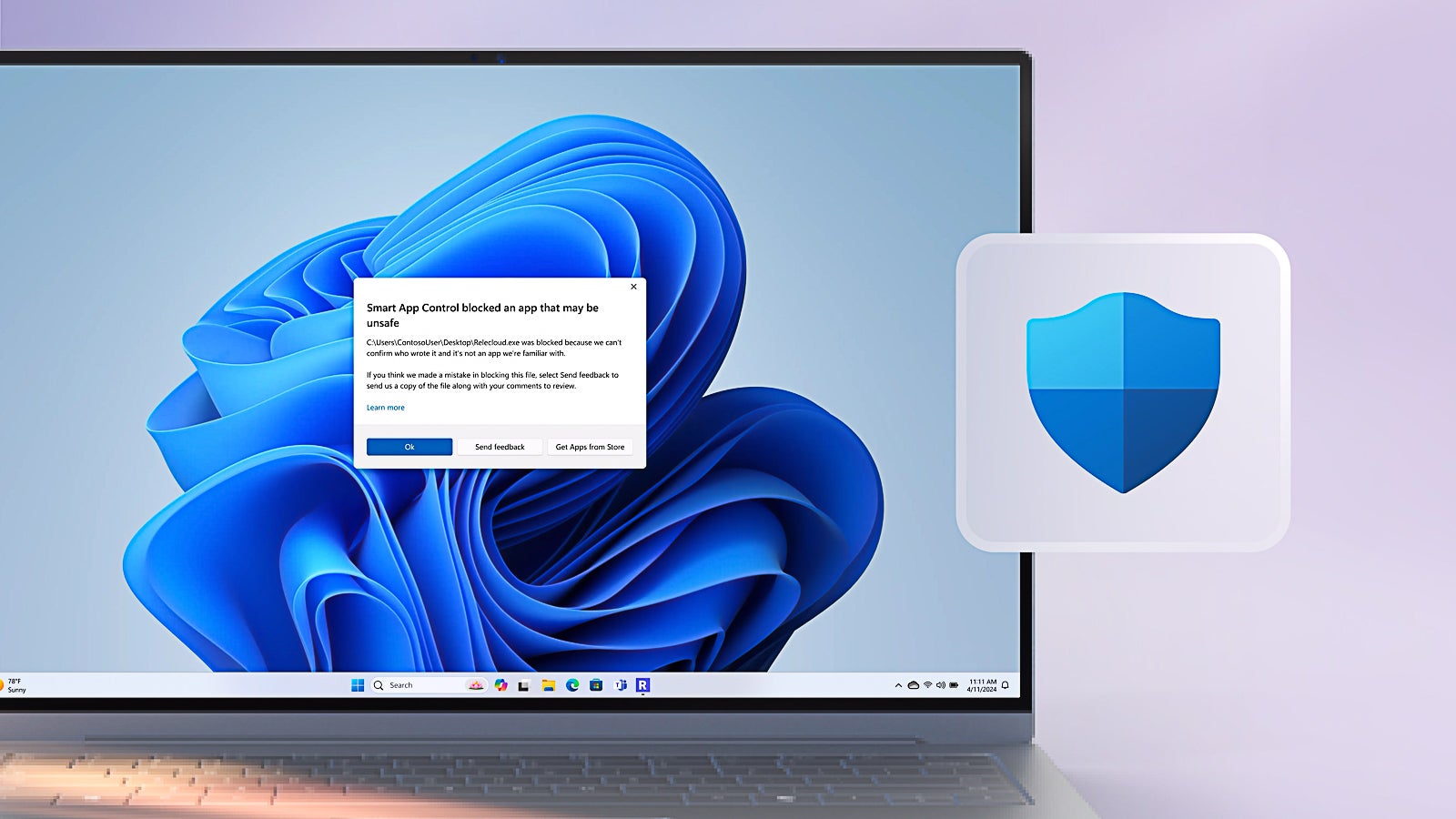
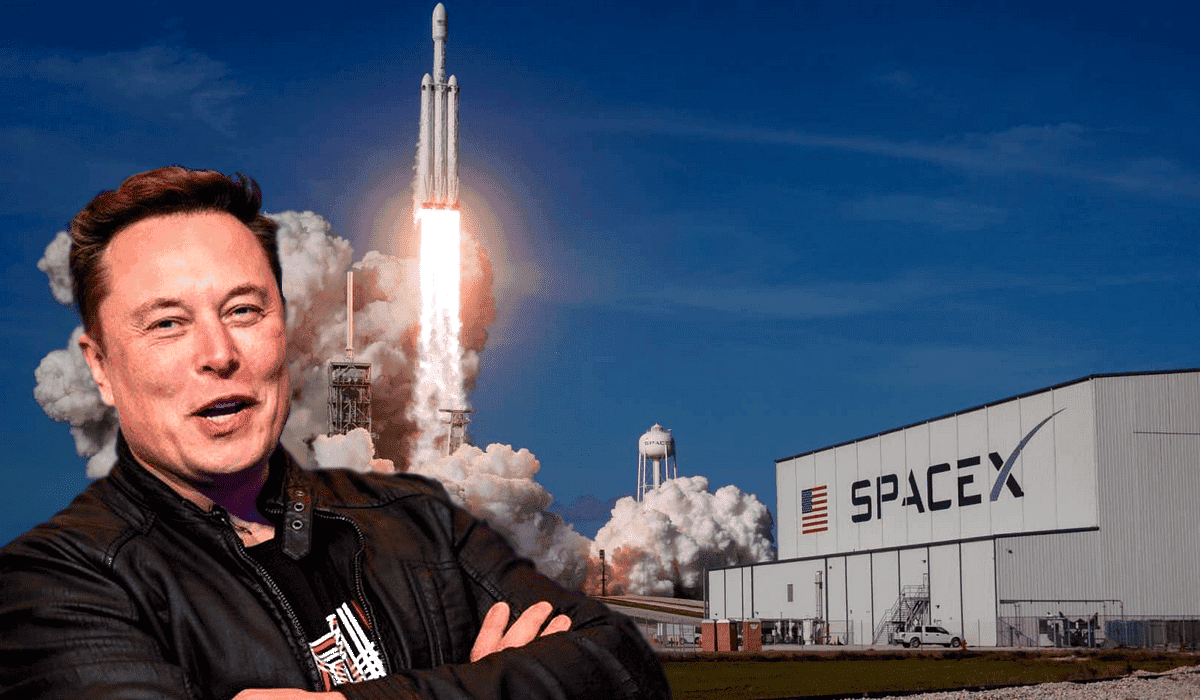



























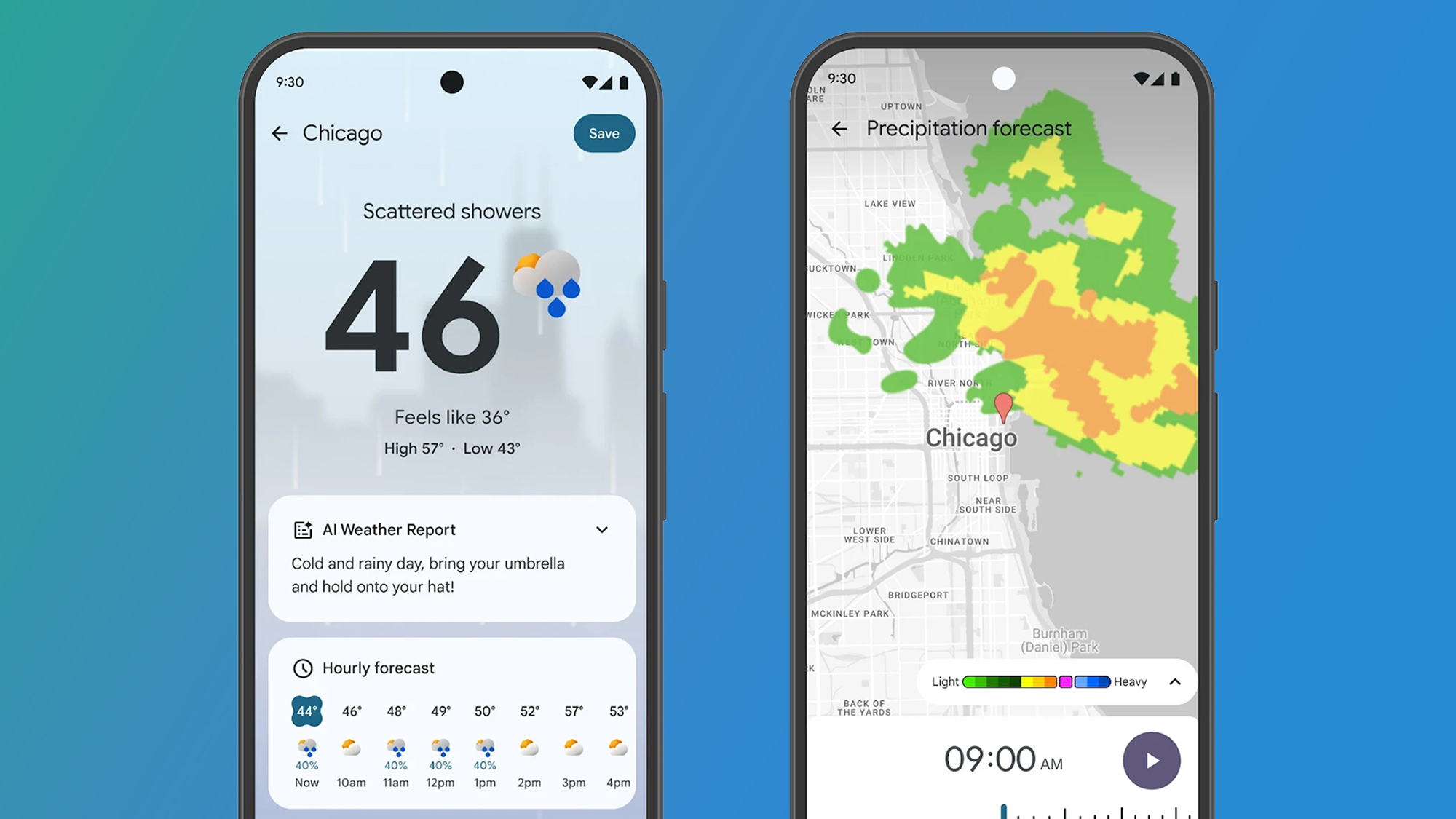
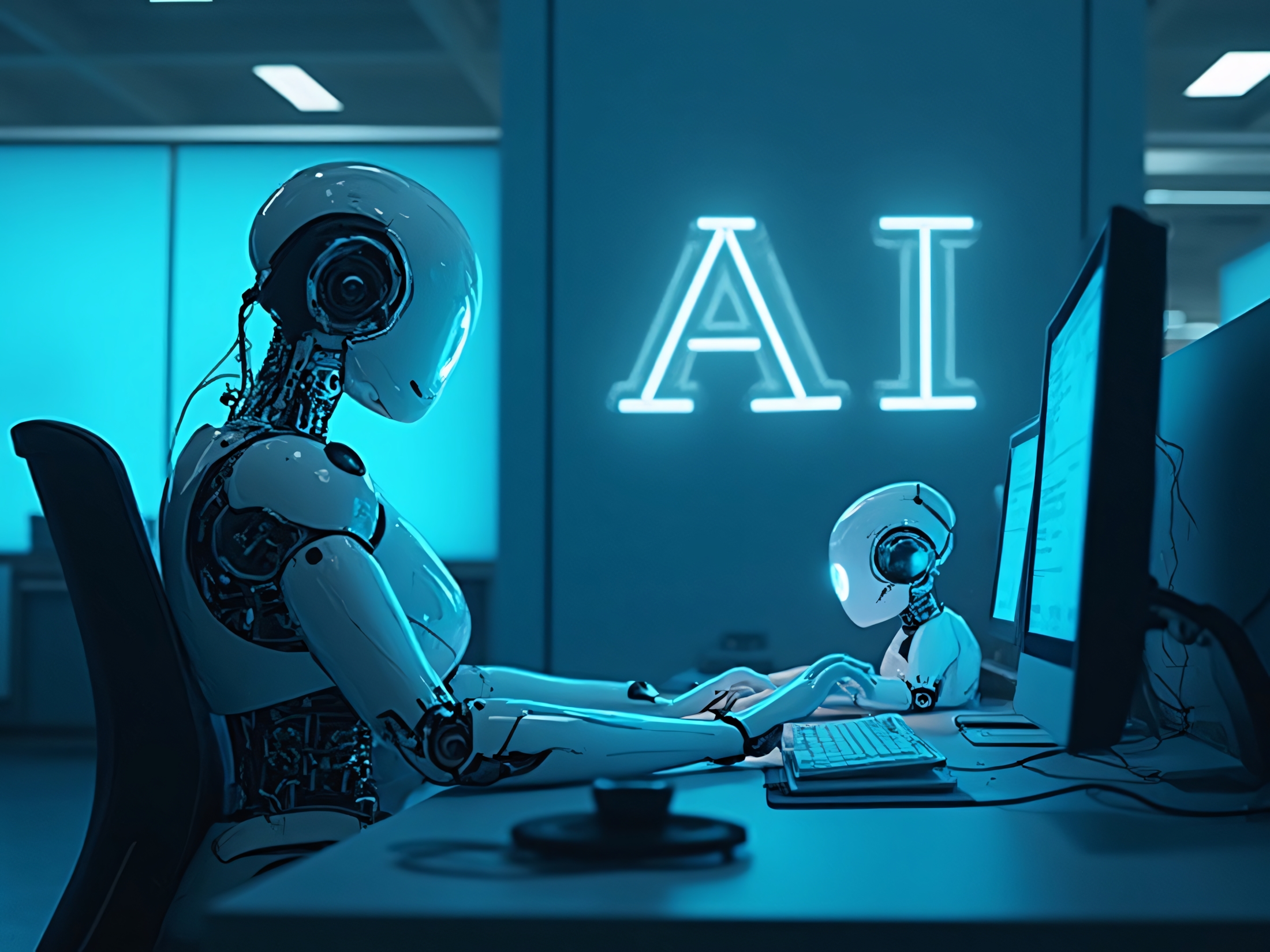














![Apple's M5 iPad Pro Enters Advanced Testing for 2025 Launch [Gurman]](https://www.iclarified.com/images/news/96865/96865/96865-640.jpg)
![M5 MacBook Pro Set for Late 2025, Major Redesign Waits Until 2026 [Gurman]](https://www.iclarified.com/images/news/96868/96868/96868-640.jpg)
![Apple to Revamp Health App with AI-Powered Doctor [Gurman]](https://www.iclarified.com/images/news/96870/96870/96870-640.jpg)

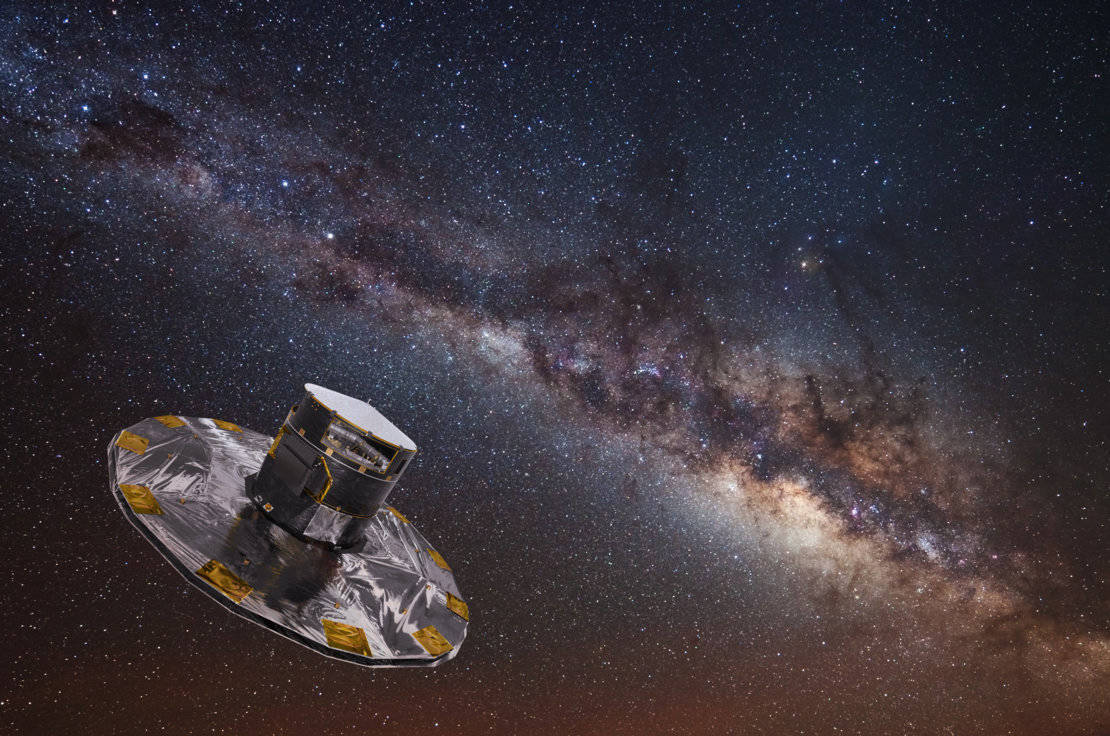
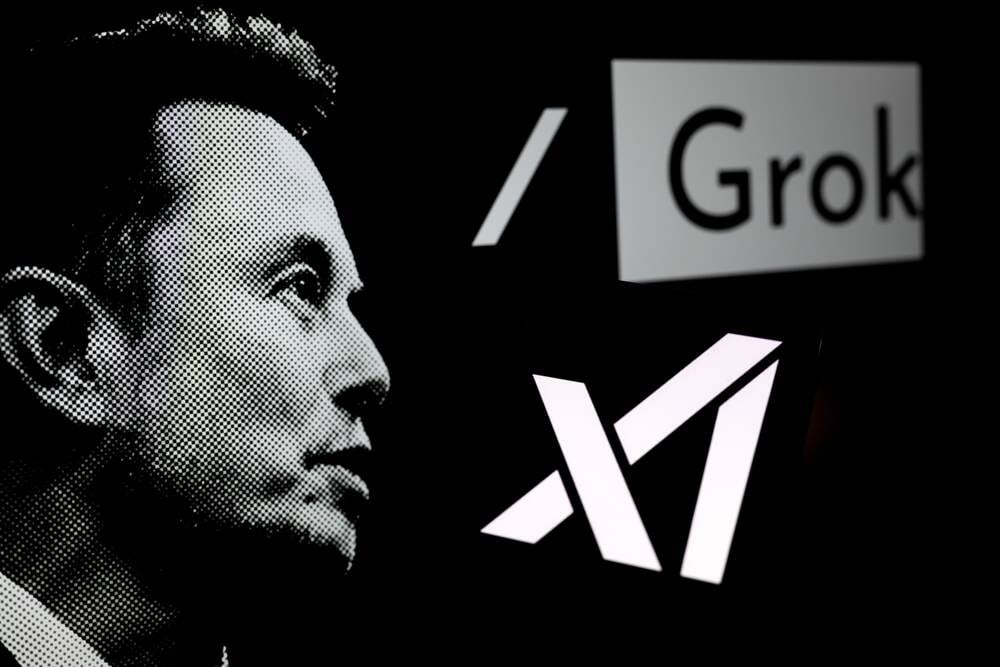











![What Google Messages features are rolling out [March 2025]](https://i0.wp.com/9to5google.com/wp-content/uploads/sites/4/2023/12/google-messages-name-cover.png?resize=1200%2C628&quality=82&strip=all&ssl=1)




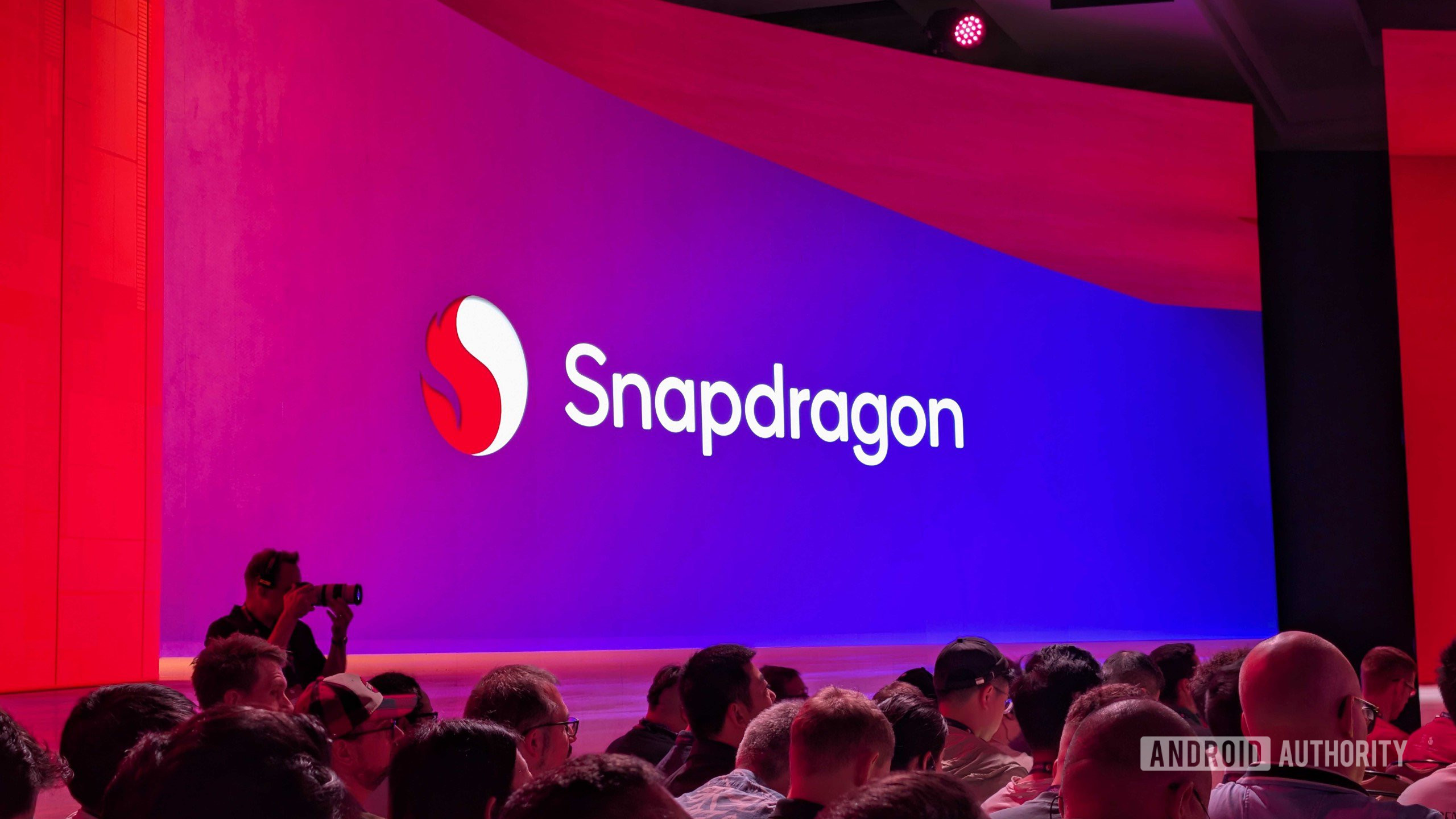





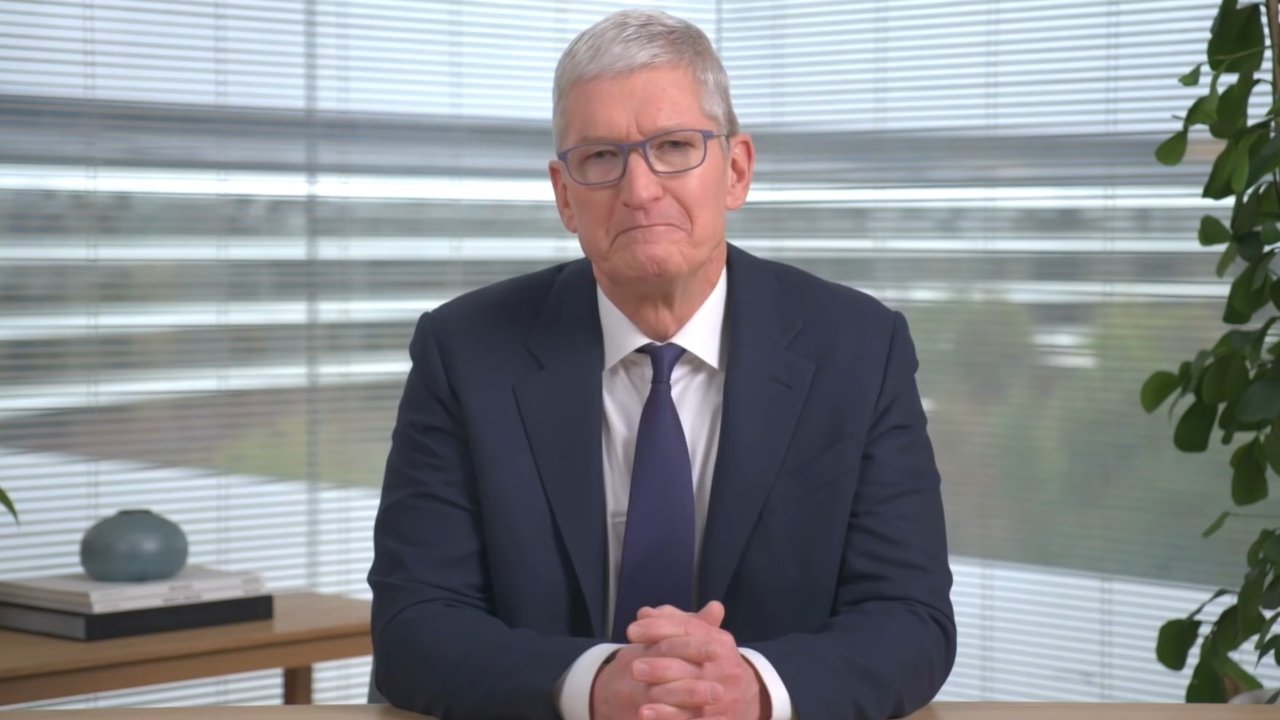
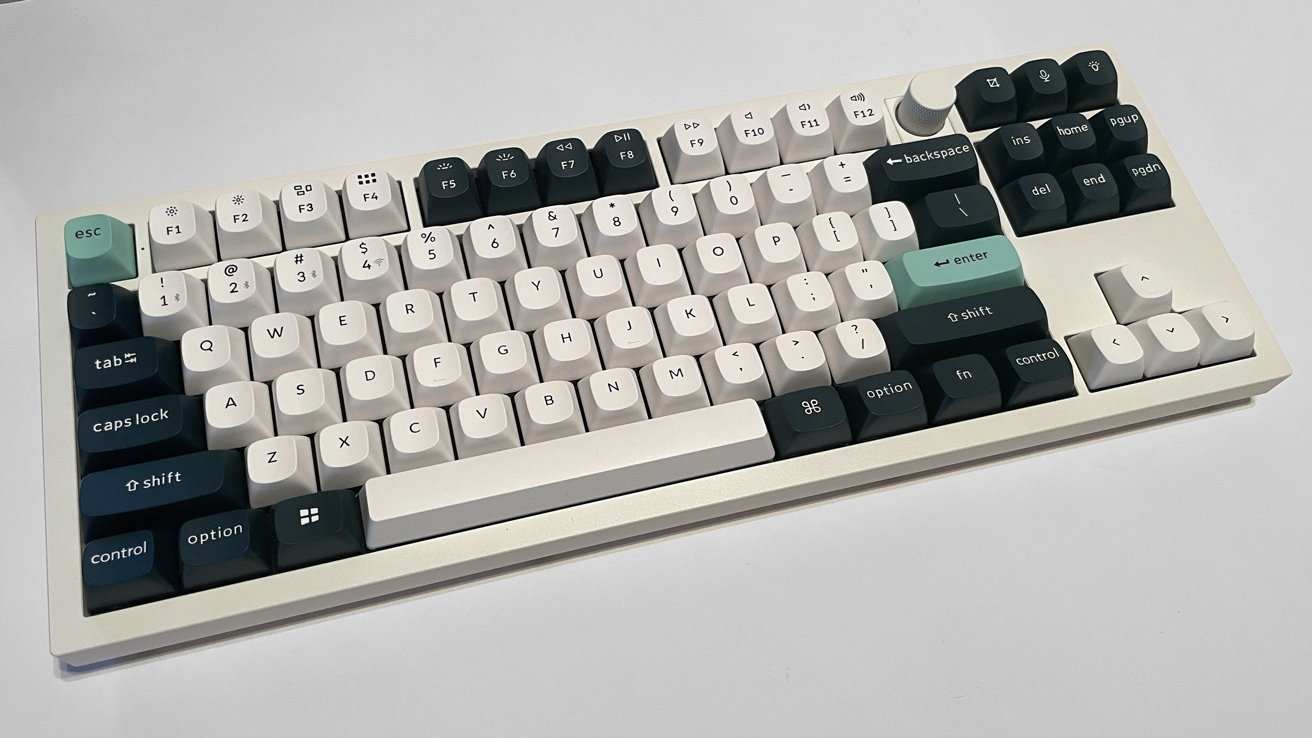
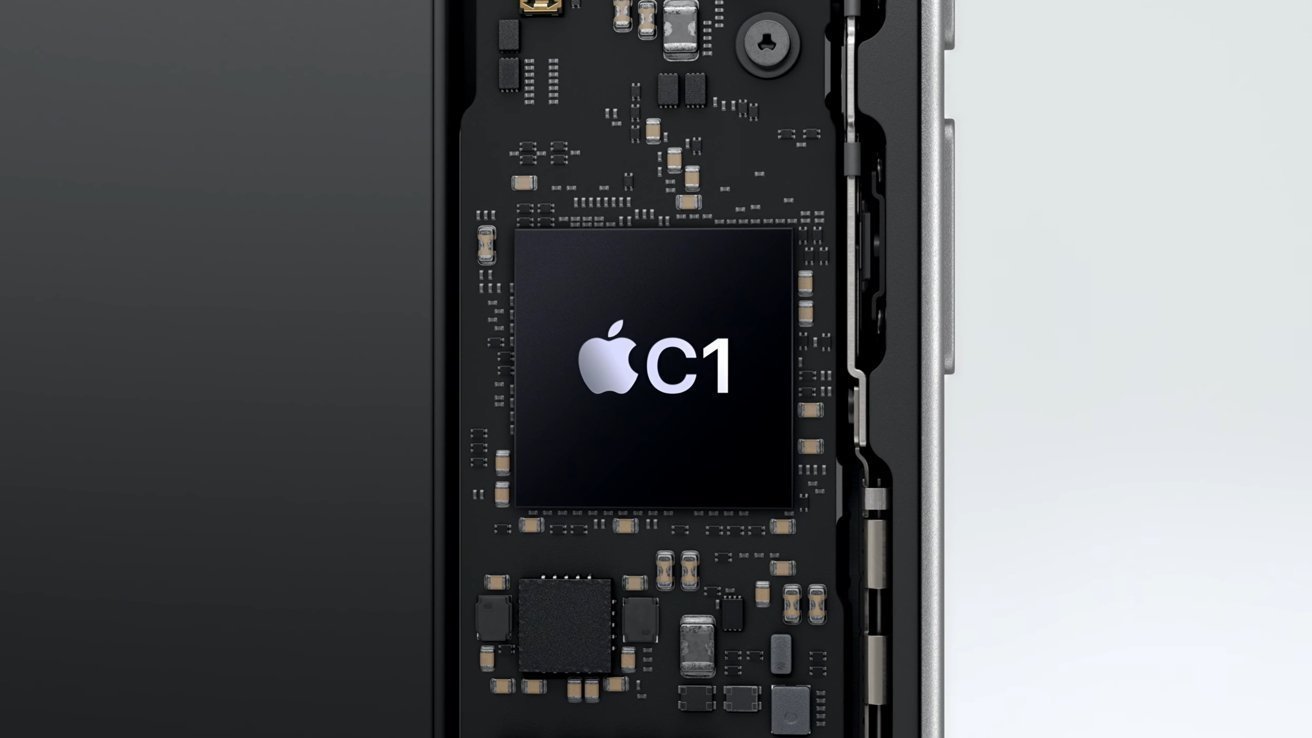
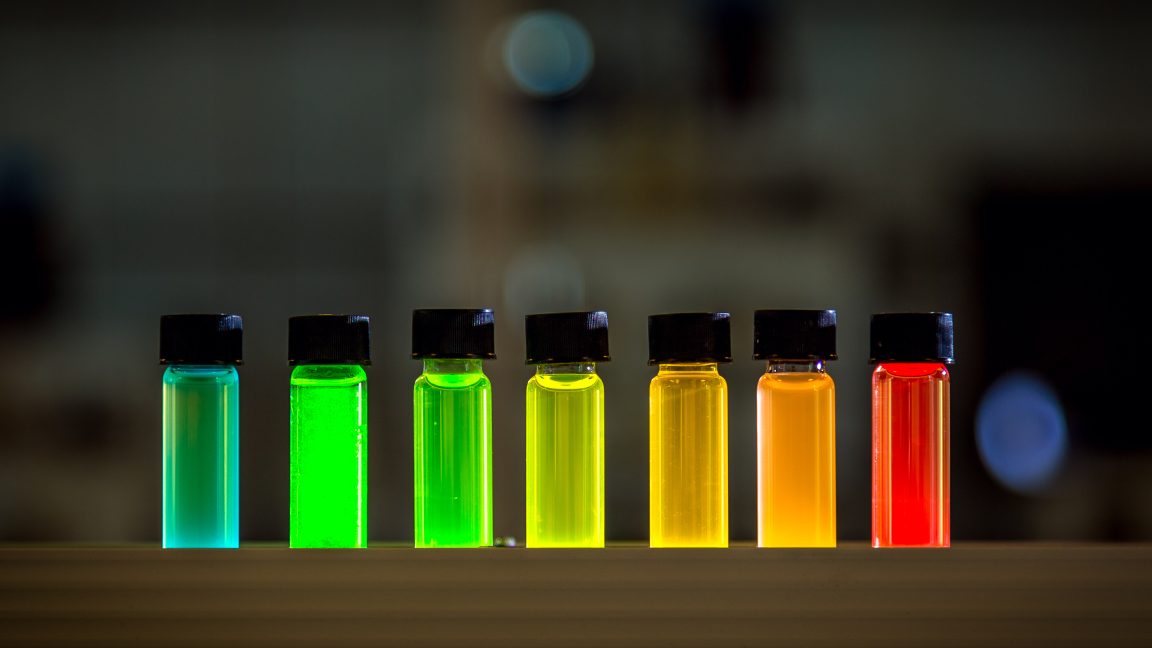

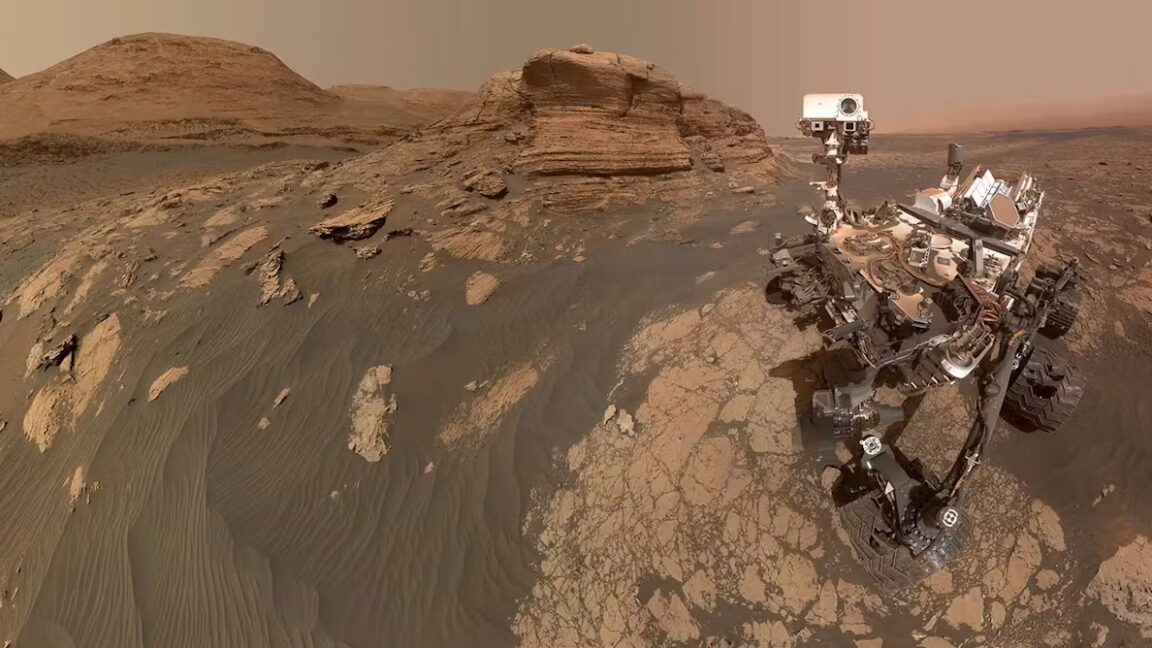






















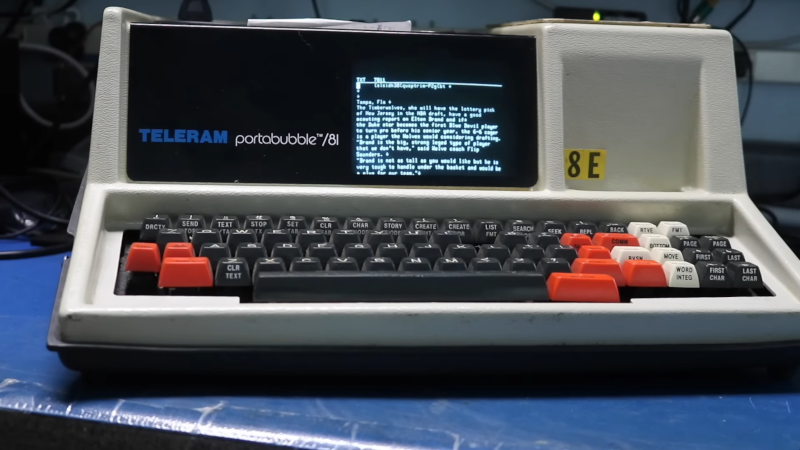
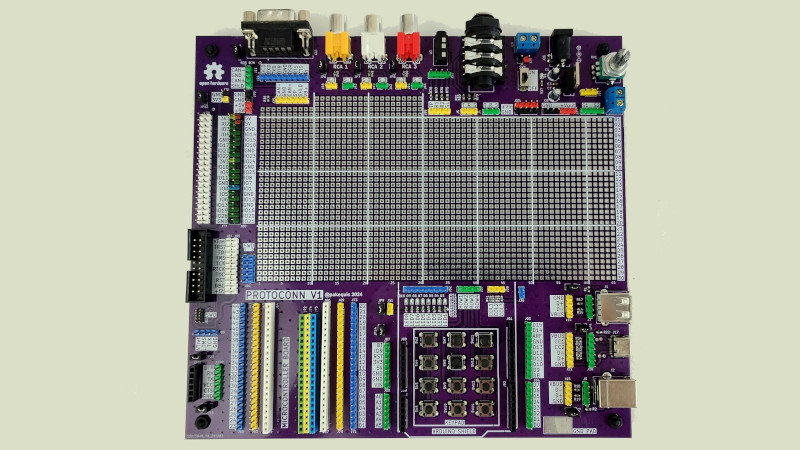













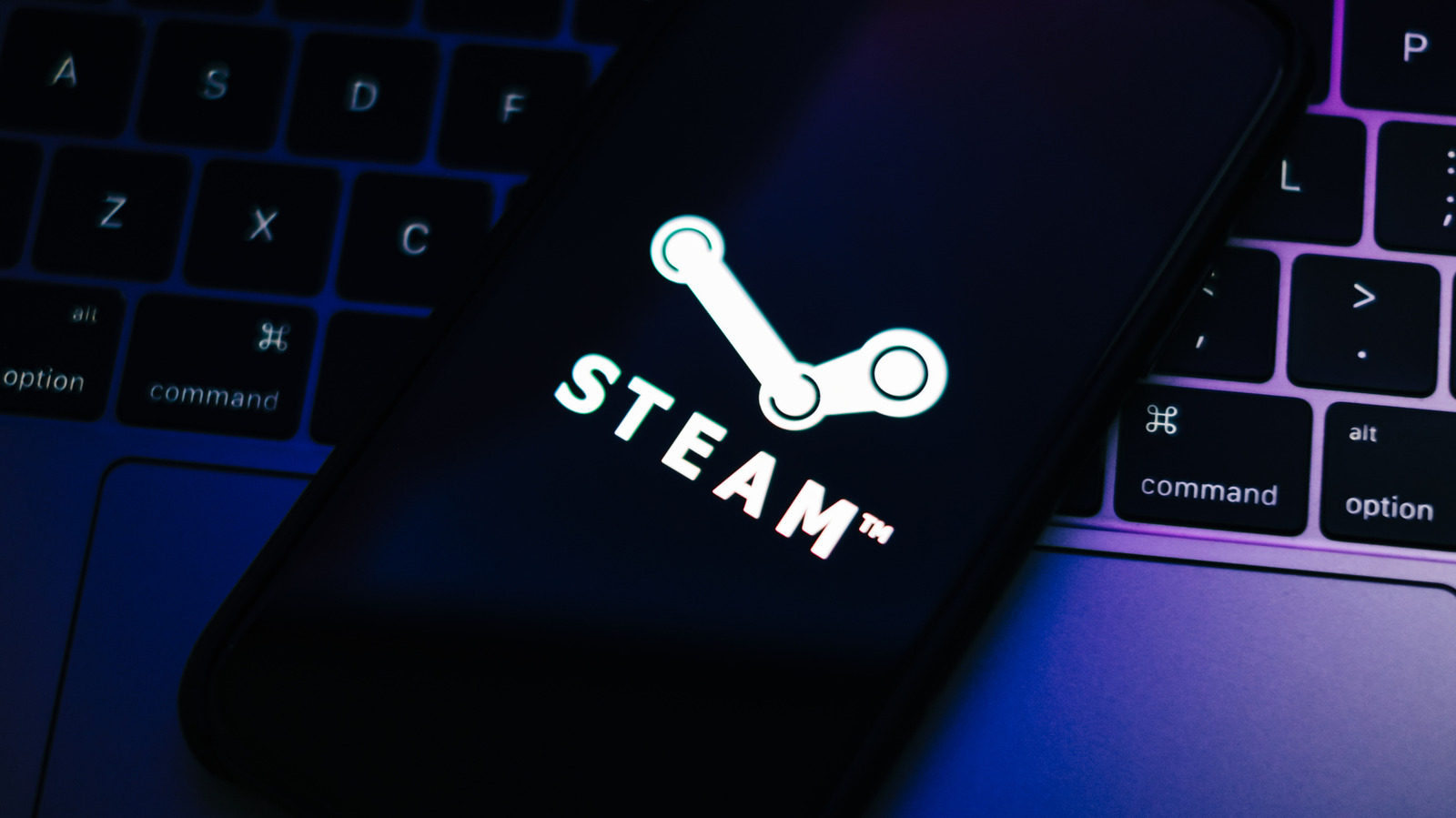

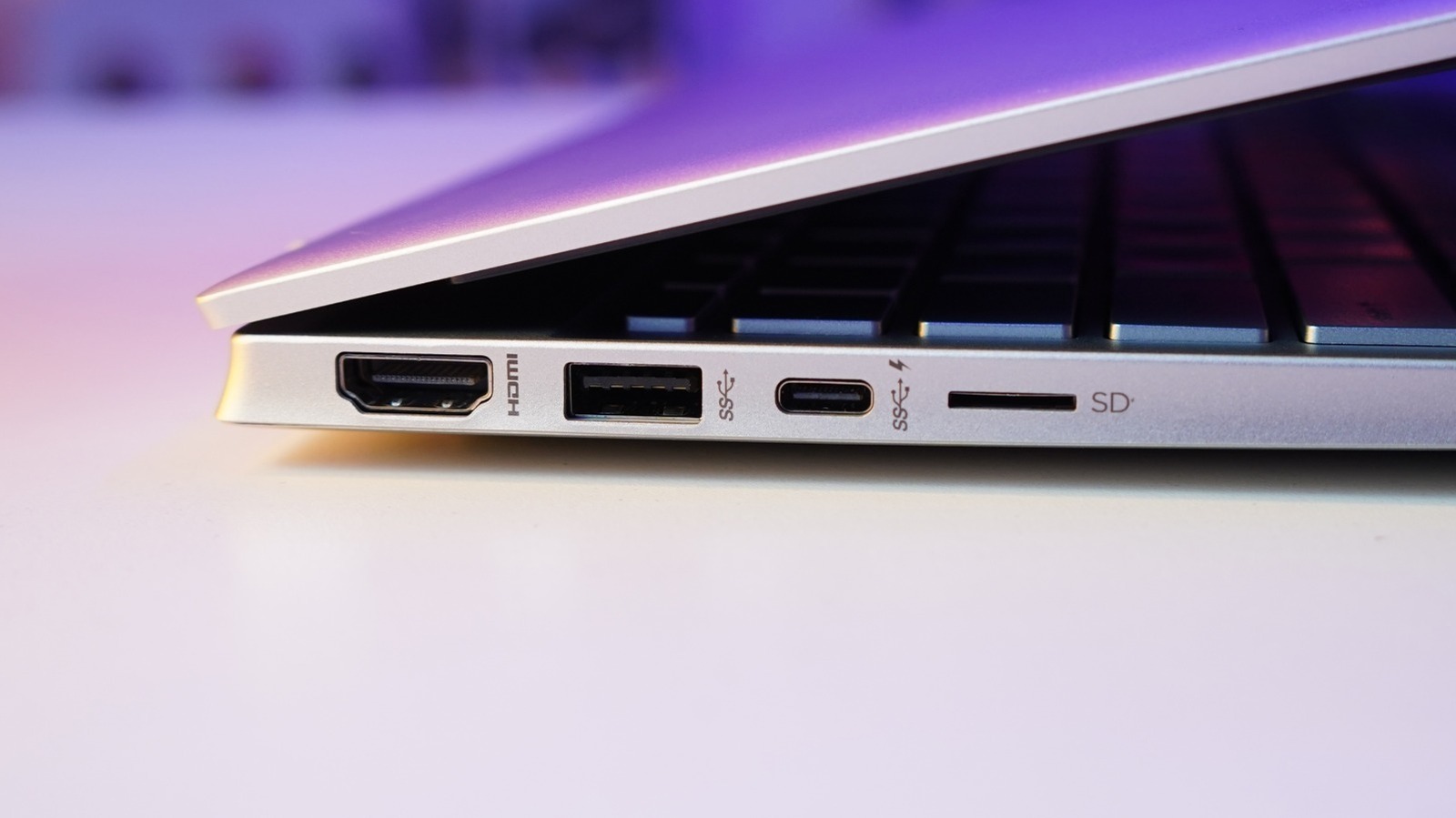

































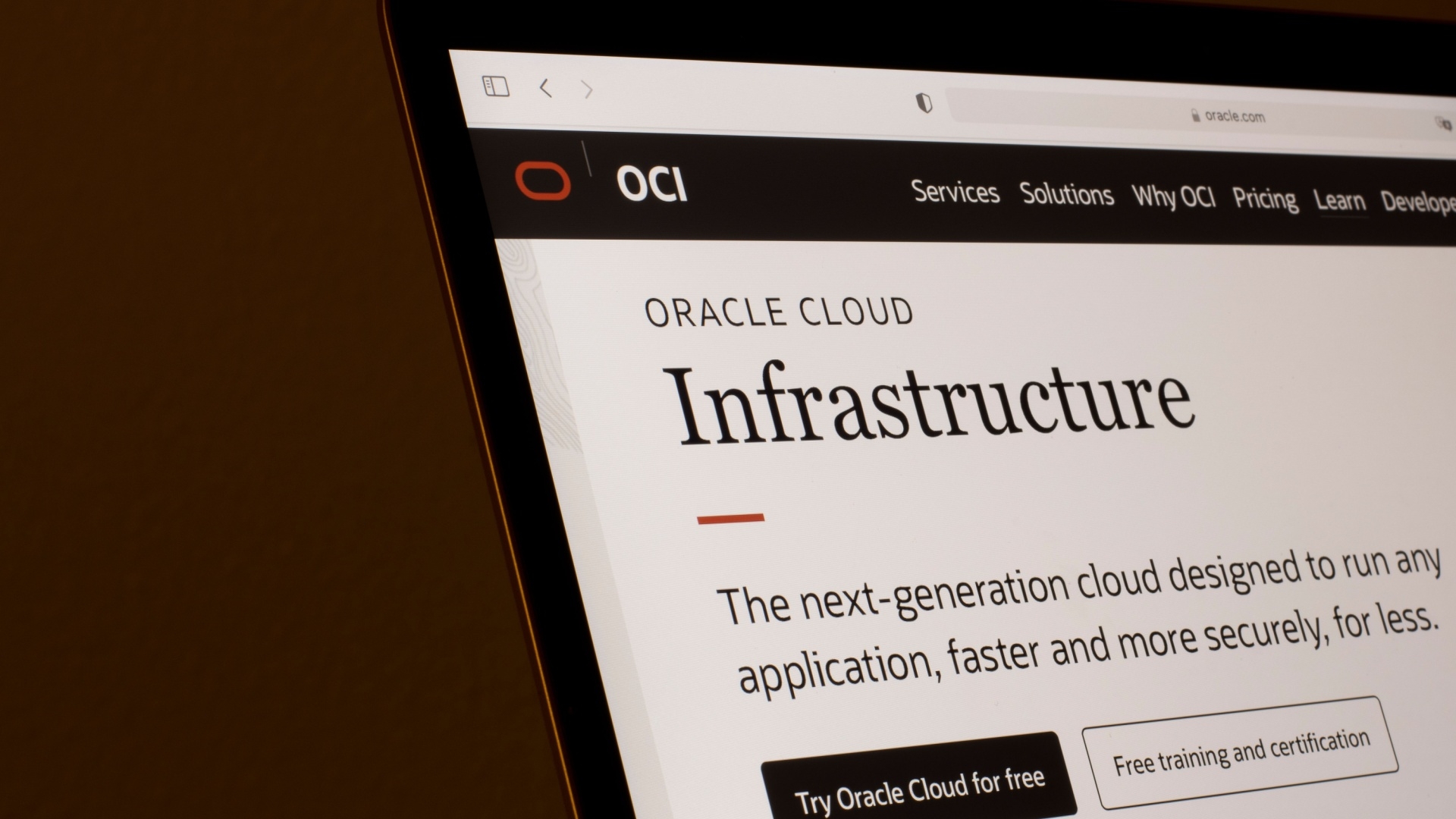




































































![[The AI Show Episode 141]: Road to AGI (and Beyond) #1 — The AI Timeline is Accelerating](https://www.marketingaiinstitute.com/hubfs/ep%20141.1.png)
![[The AI Show Episode 140]: New AGI Warnings, OpenAI Suggests Government Policy, Sam Altman Teases Creative Writing Model, Claude Web Search & Apple’s AI Woes](https://www.marketingaiinstitute.com/hubfs/ep%20140%20cover.png)
![[The AI Show Episode 139]: The Government Knows AGI Is Coming, Superintelligence Strategy, OpenAI’s $20,000 Per Month Agents & Top 100 Gen AI Apps](https://www.marketingaiinstitute.com/hubfs/ep%20139%20cover-2.png)

























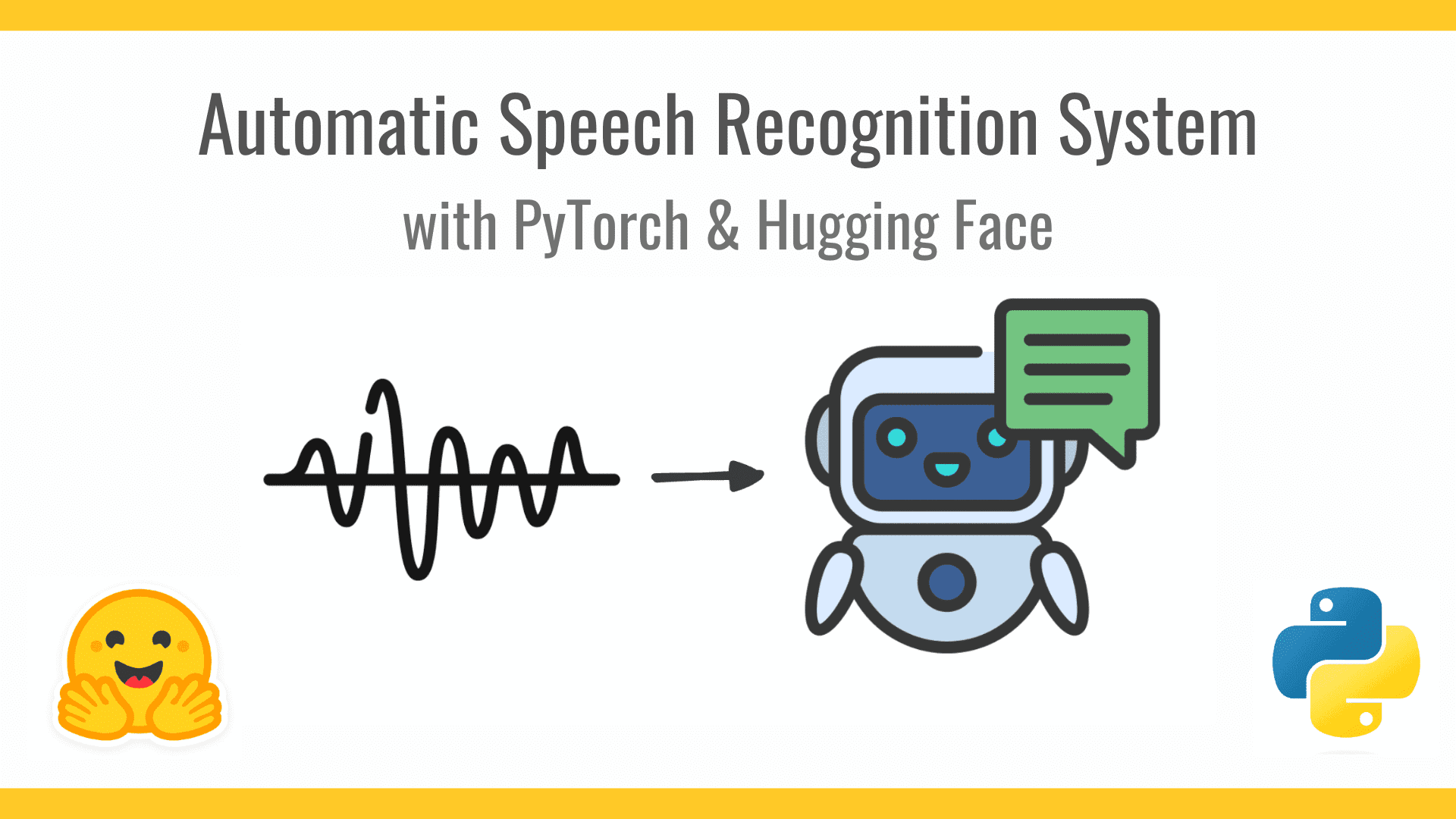






























































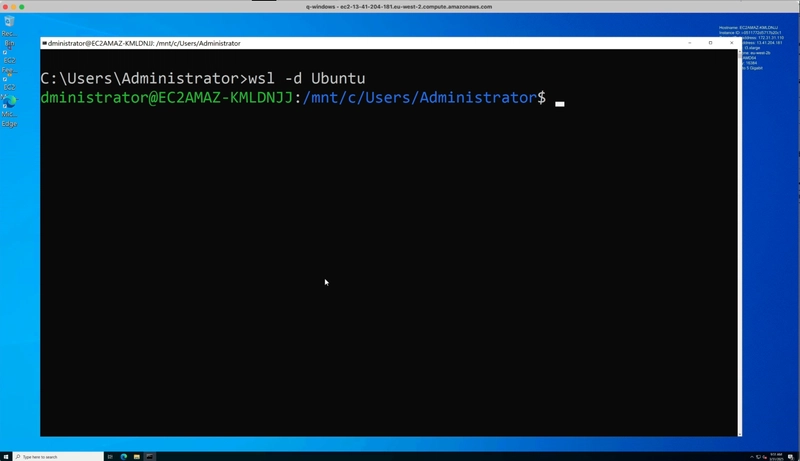
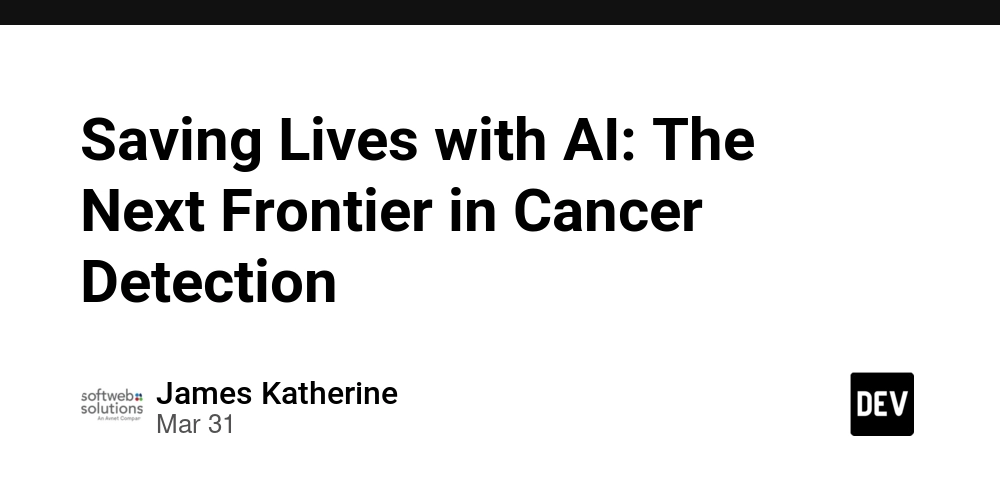

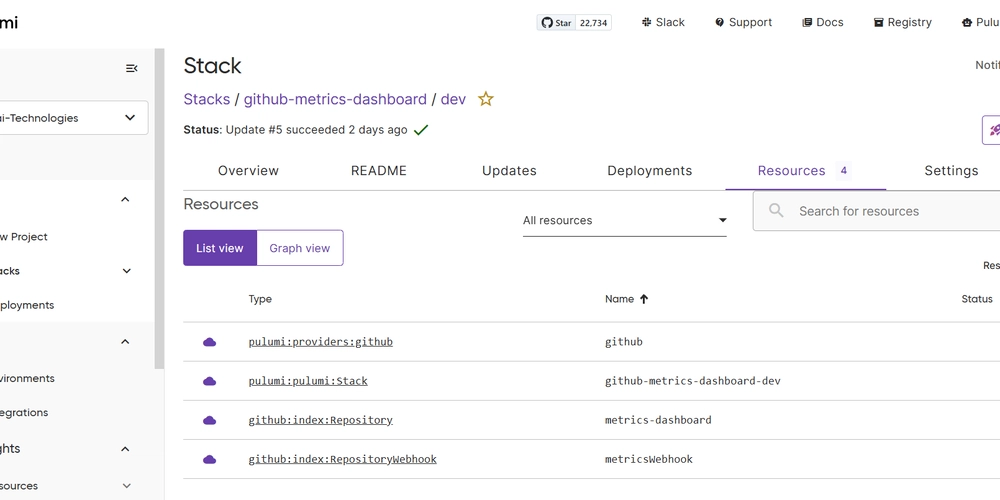


































![From broke musician to working dev. How college drop-out Ryan Furrer taught himself to code [Podcast #166]](https://cdn.hashnode.com/res/hashnode/image/upload/v1743189826063/2080cde4-6fc0-46fb-b98d-b3d59841e8c4.png?#)






![[FREE EBOOKS] The Ultimate Linux Shell Scripting Guide, Artificial Intelligence for Cybersecurity & Four More Best Selling Titles](https://www.javacodegeeks.com/wp-content/uploads/2012/12/jcg-logo.jpg)











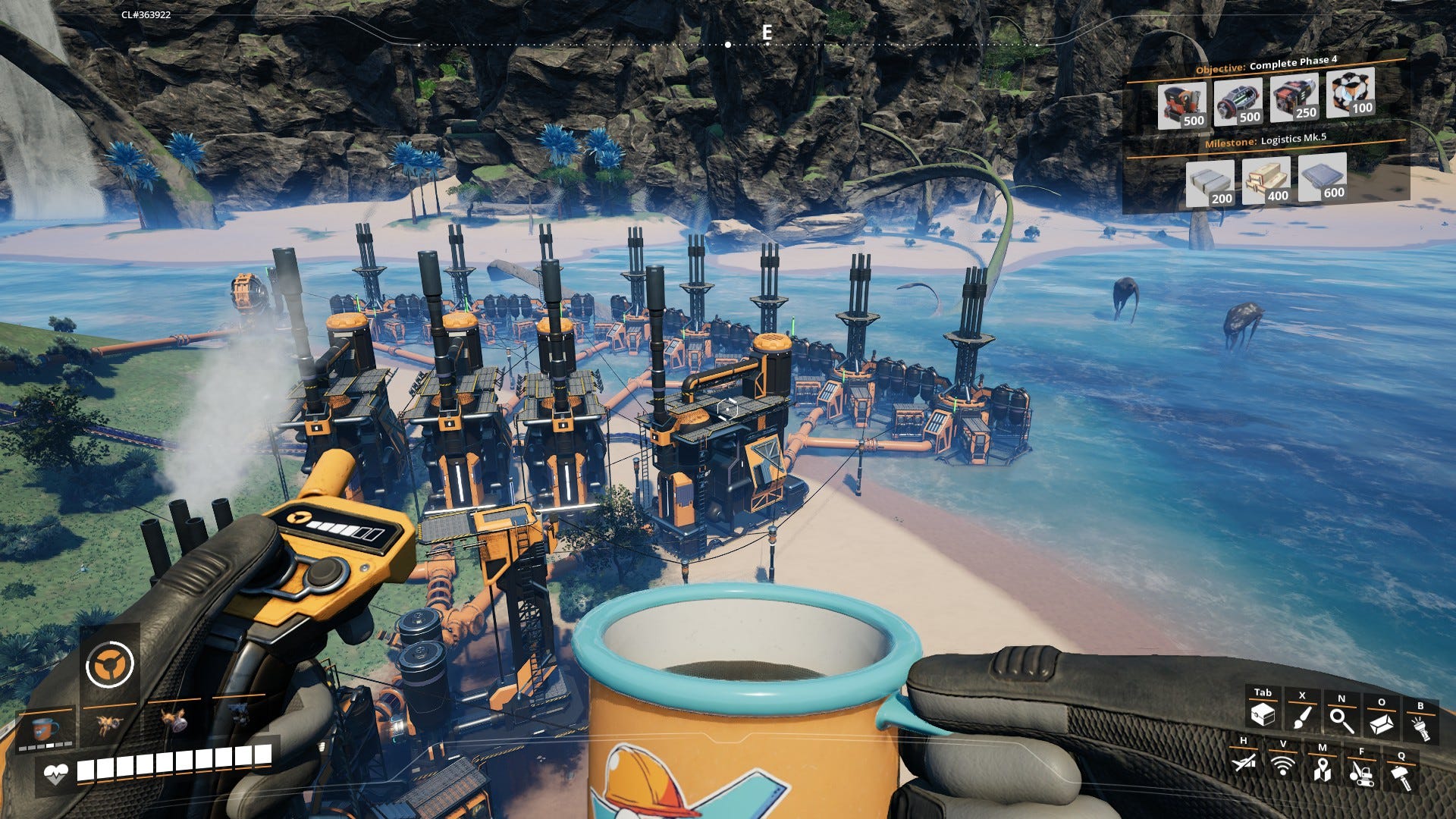












.jpg?width=1920&height=1920&fit=bounds&quality=80&format=jpg&auto=webp#)
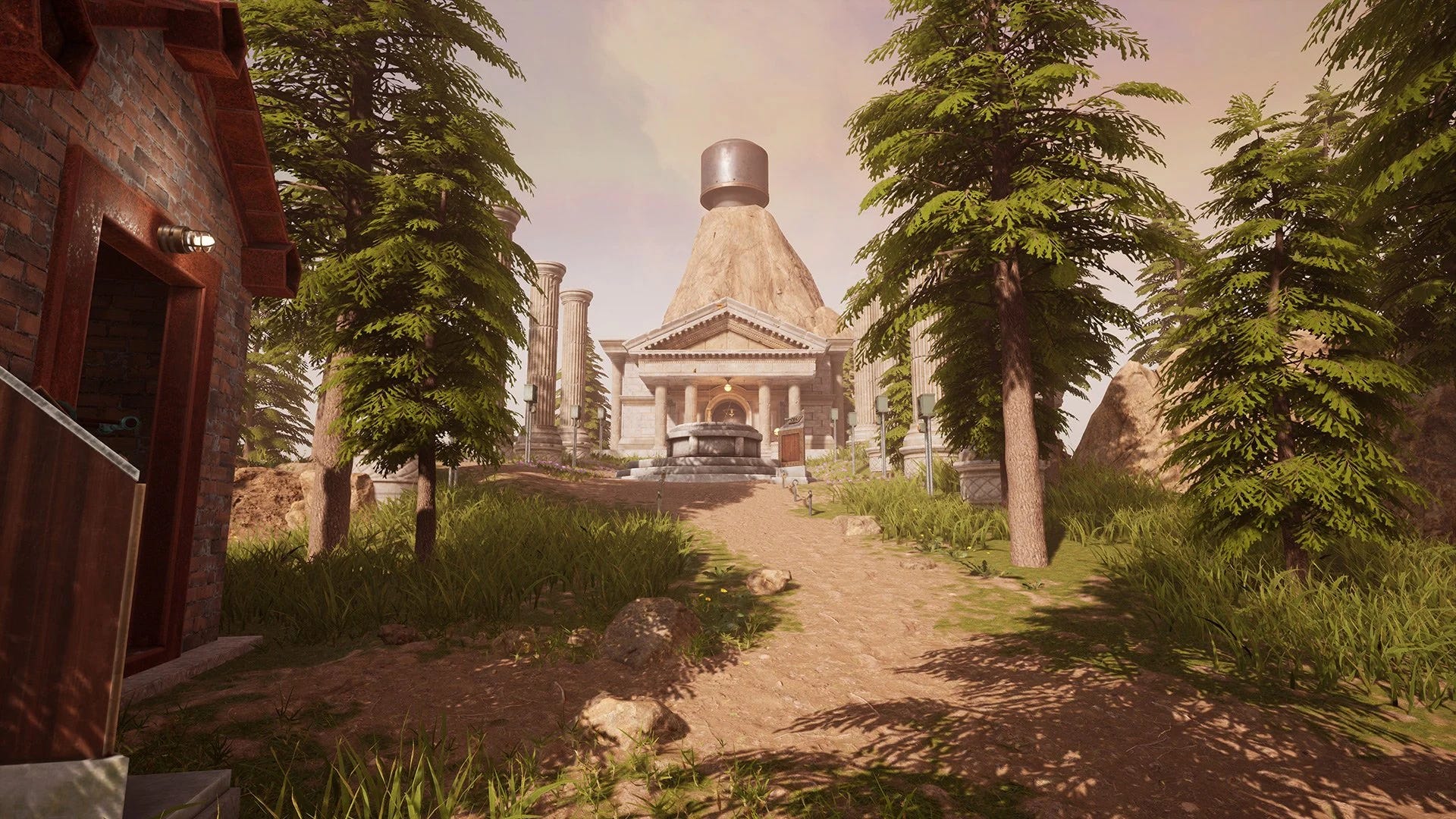

OSAMU-NAKAMURA.jpg?width=1920&height=1920&fit=bounds&quality=80&format=jpg&auto=webp#)






.png?#)
















































